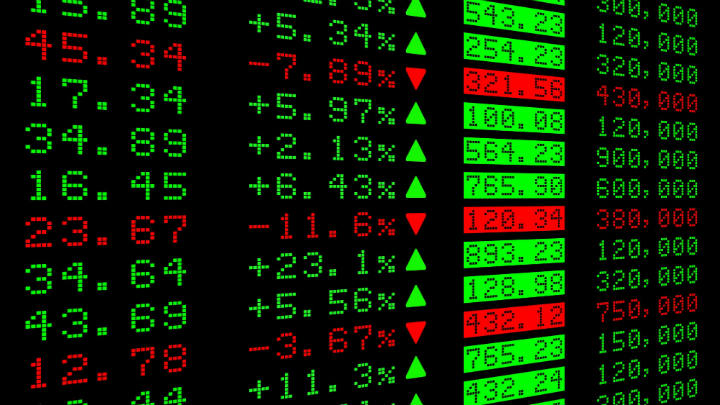
(Wood Mackenzie, 17.Jan.2024) — The market sentiment for gas and liquefied natural gas (LNG) will remain bearish into 2024 with European prices having fallen by 45% to US$10 per million British thermal units (mmbtu) in the past three months according to a report by Wood Mackenzie.
The report ‘Global Gas and LNG: 5 things to look out for in 2024’ states that high storage levels coupled with a mild Northern Hemisphere winter will see global prices remain relatively weak this year amid subdued global demand.
“[Wood Mackenzie] has been forecasting lower 2024 prices for much of last year, especially compared to forward curves, amid weak market fundamental expectations” says Massimo Di Odoardo Vice President of Gas Research at Wood Mackenzie. “Global LNG supply growth will remain limited at 14 million tonnes (Mt), but with Asian LNG demand still weak, competition for LNG is unlikely to heat up.”
Global gas demand growth to remain limited
European gas demand reduced by 7% in 2023, also because of mild weather. Normal weather dynamics and a possible economic rebound would support demand, however with renewable supply increasing by more than 100 terra watt hours and nuclear production in France continuing to come back, European gas demand will remain flat at best.
The report anticipates a more positive view on gas demand in Asia with expected growth of 12.5 Mt, or 5% compared to 2023, but 2024 demand will still be almost 3 Mt lower than levels in 2021.
LNG freight rates set to soften
With 60 LNG carriers due to be commissioned in 2024, the report also forecasts that the global LNG shipping market is at risk of oversupply.
“Altogether, the 60 new vessels equate to 10.4 million cubic metres of LNG shipping capacity, sufficient to move 54 million tonnes per annum (mmtpa) of LNG between the US Gulf Coast and Europe,” Di Odoardo says. “There will be limited organic LNG supply growth and the bulk of US LNG it’s still expected to be routed to Europe, rather than Asia, limiting demand for shipping and putting pressure on freight rates.”
Portfolio players will be more selective
Portfolio players, the key LNG players that aggregate supply from across the world and sell to multiple customers, have been the major driver of LNG activity over the two past years according to the report. However, having signed 72 mmtpa of long-term contracts in 2022 and 2023 and with most Qatari equity deals now finalised, the report states that portfolio players will likely feel comfortable with their positions and be more selective in building their portfolio further.
End-user activity is also expected to ease with Chinese buyers already signing less contracts after a hectic period in 2021 and 2022 where several deals were struck with sellers in the US and Qatar.
However, the report adds that some buyers might take a more opportunistic approach, with US independent players leveraging on low Henry Hub prices to seek more exposure to global LNG prices by taking long-term LNG capacity positions, or more activity emerging in price sensitive Asian markets if contracts prices fall further.
“[Wood Mackenzie’s] expectation is that overall contracting activity will soften in 2024 compared to the huge number of deals signed in 2021, 2022 and 2023,” Di Odoardo concludes.
____________________

